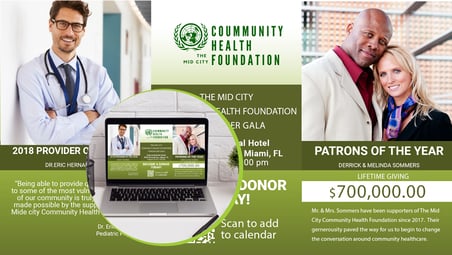- Blog
- >
- Sharing Impact: How it Motivates Giving
Blog
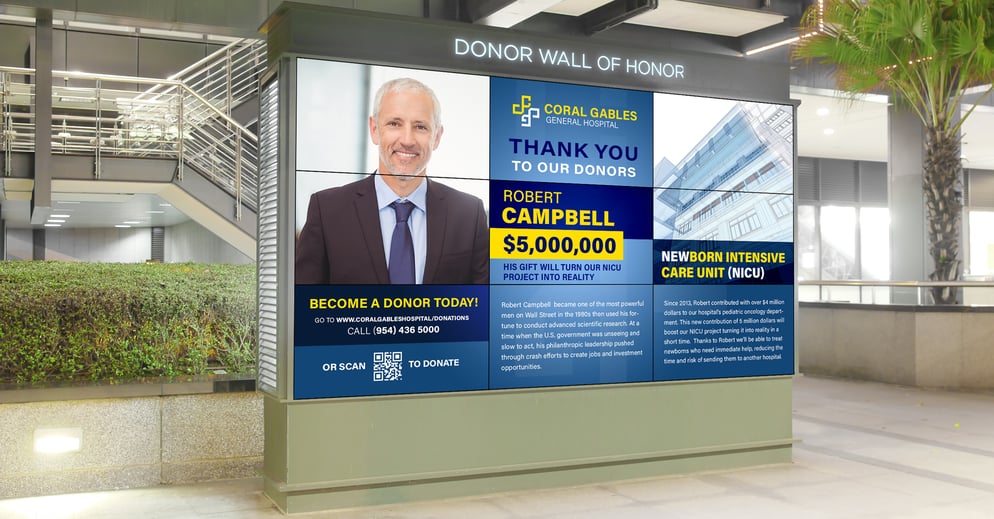
Sharing Impact: How it Motivates Giving
Holley Snaith / September 15, 2025
Behind every donation, your nonprofit receives is a donor wanting to make a difference. Chances are, the donor is passionate about your cause, and they want to know how their gift enables you to successfully carry out your organization's mission. Taking the time to share impact with donors and convey the significance of their contribution leads to long-term relationships and a higher donor retention rate for your organization.
Behind every donation, your nonprofit receives is a donor wanting to make a difference. Chances are, the donor is passionate about your cause, and they want to know how their gift enables you to successfully carry out your organization's mission. Taking the time to share impact with donors and convey the significance of their contribution leads to long-term relationships and a higher donor retention rate for your organization.
Let’s explore some ways you can share your impact with your donors and increase your nonprofit’s revenue.
What Is Impact?
Before diving into why sharing impact is important, we first need to understand what impact is. The impact is the measurable and tangible way in which an organization is imparting change to the specific need that they are targeting. To put it in simple terms, the impact is the reason why an organization does the work it does, why donors care about supporting the mission, and finally, the outcome.
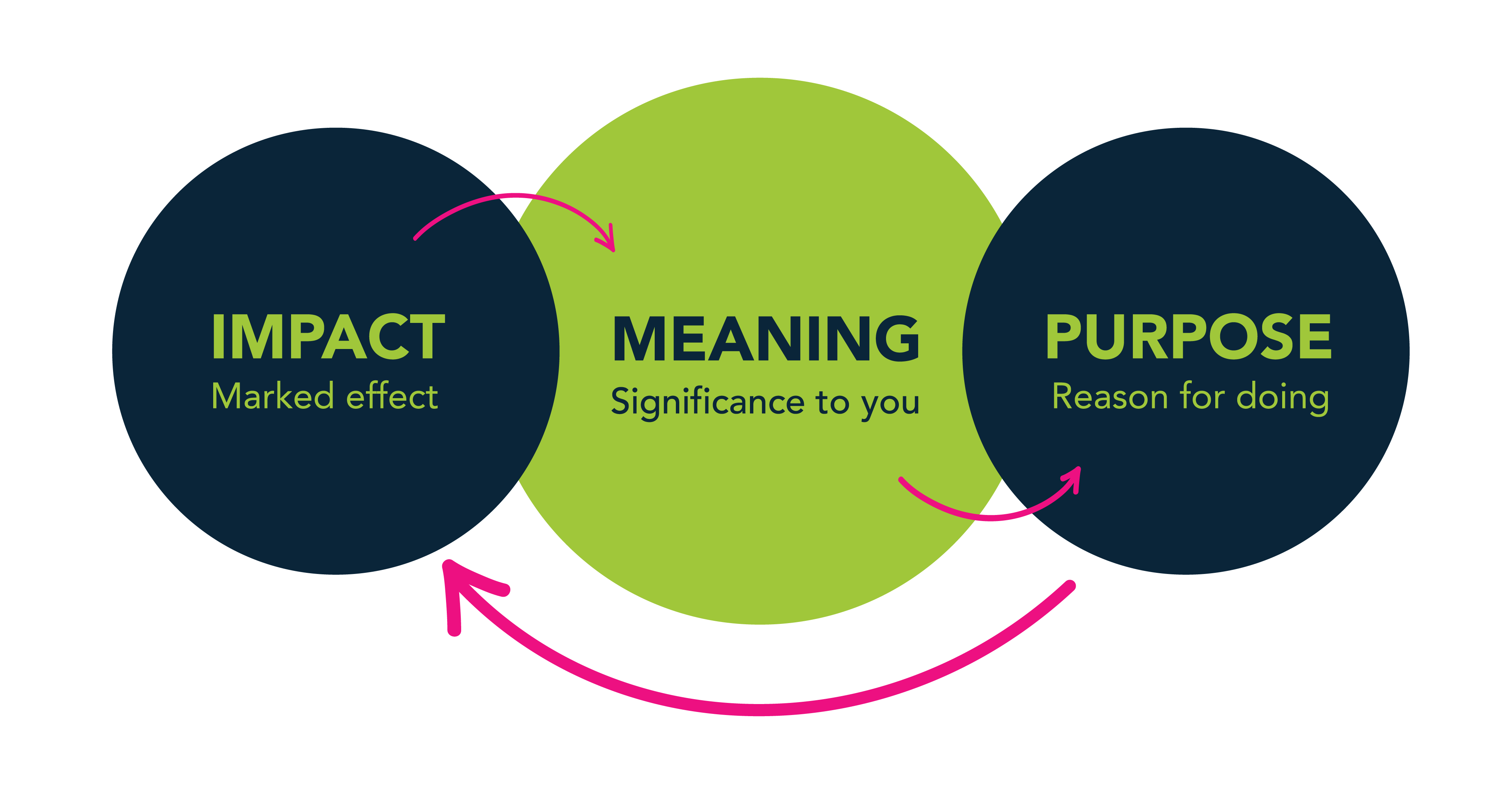
How To Maximize Your Impact
One way to maximize your nonprofit’s impact is by understanding why it is that donors choose to give to your organization. The logical reason why a donor gives is that, when they feel that their gift has a direct impact and is helping to improve a situation, they become empowered.
Your donors want to know that their gifts are being used effectively and there is a high ROI (return on investment) from their contribution. The number one reason why donors stop giving, decreasing your donor retention rate, is because they do not know how their donation is being used. If you want your donors to continue to be motivated to give, make their impact visible and show them the outcome of their contribution.
Ways To Increase Donations Through Impact
Focus On Sharing Success Stories
One way to convey impact is by sharing effective success stories with raw data, helping you make an emotional connection with donors. Sharing these stories and real statistics builds your nonprofit’s credibility.
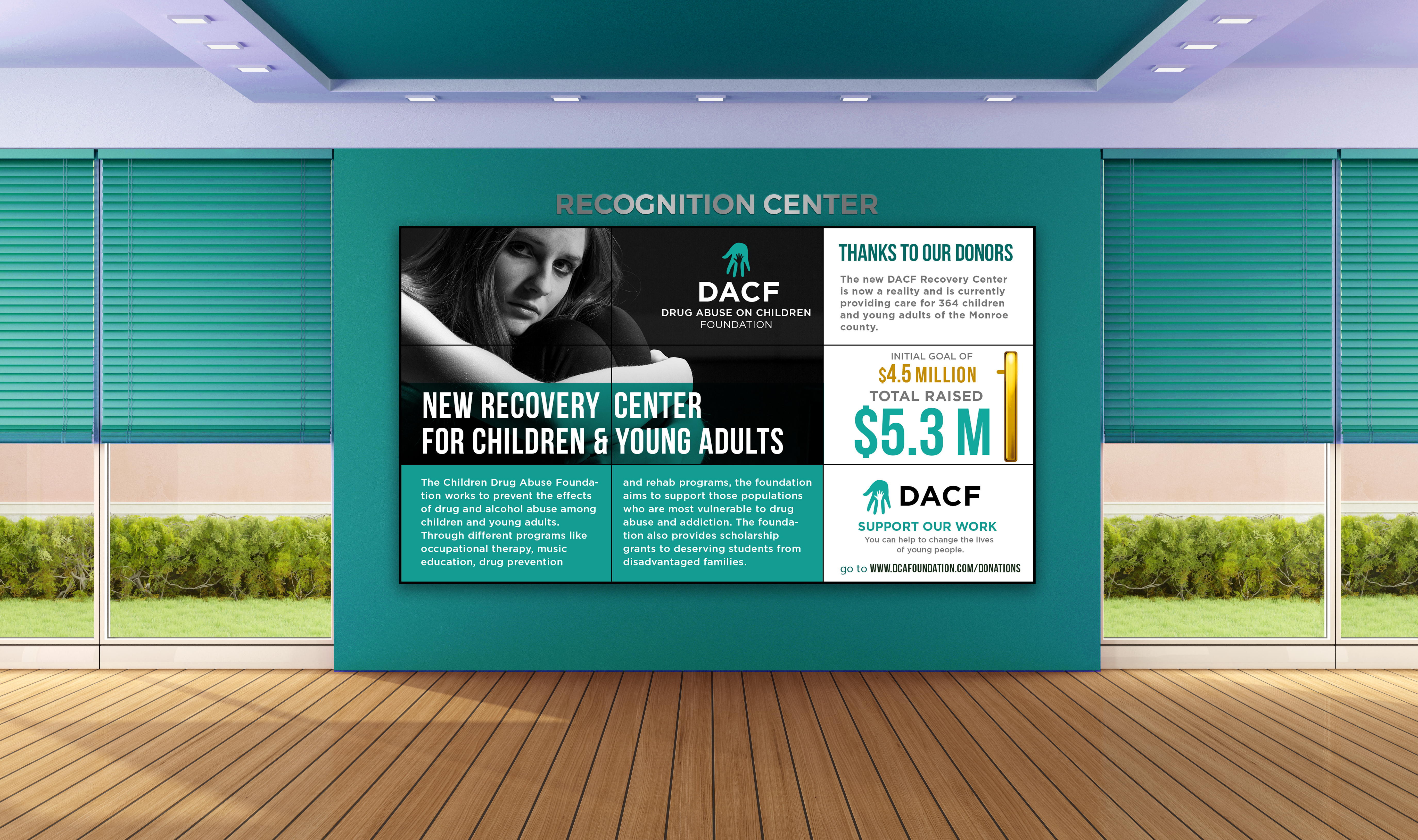
Keep the stories and metrics donor-focused, elaborating on how they have helped your mission, and you will gain their trust and encourage future giving. Be intentional and methodical with communicating your donor impact and share metric data with individual stories of change that was made possible by donors’ generosity.
Highlight A Supporter's Contribution
Taking the time to highlight a supporter’s contribution will boost their affinity for your cause and strengthen their commitment. Share specific details with your donors about how their dollars are being used.
For example, send your donor a letter stating, “Because of your gift, we were able to provide 1000 free books to underprivileged children in Alachua County.” This resonates on a deeper level than simply saying, “We gave out free books to underprivileged kids in Alachua County.”, or worse-yet, not saying anything at all!

If you can, add some special pictures or a video. This gives the donor a clear visual of program outcomes and makes that connection even stronger. In this situation, if you took pictures of the kids reading or holding their books, share those with your donors. Making that personal connection is key.
Maintain Communication With Your Donors
The importance of maintaining communication with your donors and keeping them in the loop cannot be stressed enough. To begin, create a moves management strategy with various forms of communication. Direct communication is one way to engage with donors, this includes recognizing them in newsletters, sending thank you letters, and personalized emails.
It is crucial that you maintain engagement outside of simply asking for support. Send them campaign updates and express gratitude for helping you reach your goal. Without their support, you could not have done it. Communicating and actively engaging with your donors should be a part of your regular, strategic marketing plan.

Quickly Share Impact
After the gift is made, donors are waiting to see the results. Don’t wait a week or a month to share the impact, do it that same day or the next day. For example, if your nonprofit has been running a fundraising campaign and it ends, share the total amount raised within 48 hours. If you can share the translatable impact, such as saying, “We raised $50,000, which will pay for the installation of our new exhibit,” that is even better.
In addition to sharing personal impact with donors, you should also regularly share real stories and data on social media and on your website. To help make the impact data digestible for donors, create a solid impact matrix, calculate the per-dollar impact donors are having, and break down your larger goals into micro-goals.

For example, sharing you have a $100,000 goal for providing clean water for an entire village is overwhelming, but stressing the significance of one $35 gift - it provides clean water for a full year to one person - helps make that goal a reality and is easier to digest. When sharing this type of impact story consider publishing the campaign details on your website, in your monthly newsletter, or even as part of planned content on a digital donor wall.
To learn more about this concept read Donor Data: Why it is Important
Conclusion
Sharing impact with donors is a sure way to increase donor retention, cultivate new donors, and reach your fundraising goals. Understanding why donors give to your cause and instantly conveying to them how their gift is helping your nonprofit carry out its mission will lead to meaningful and impactful relationships with your donors.
Interested in keeping up with our blog? Follow us on LinkedIn and Facebook to keep up with what's hot off the press!
Table of Contents
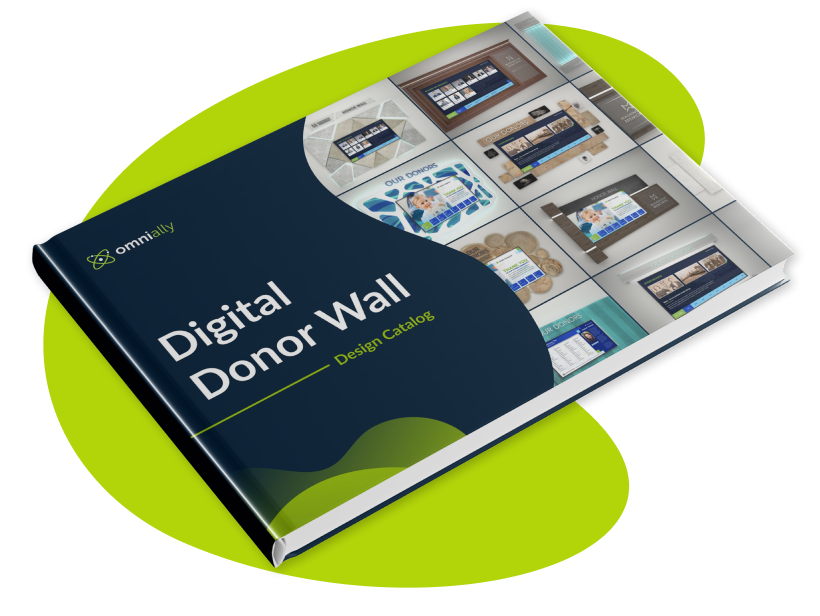
Design Catalog for Digital Donor Walls
Get inspiration from our digital donor wall designs.

Design Catalog for Digital Donor Walls
Get inspiration from our digital donor wall designs.
-1.png?width=460&height=255&name=Wright%20Museum%20Final%20(1)-1.png)
